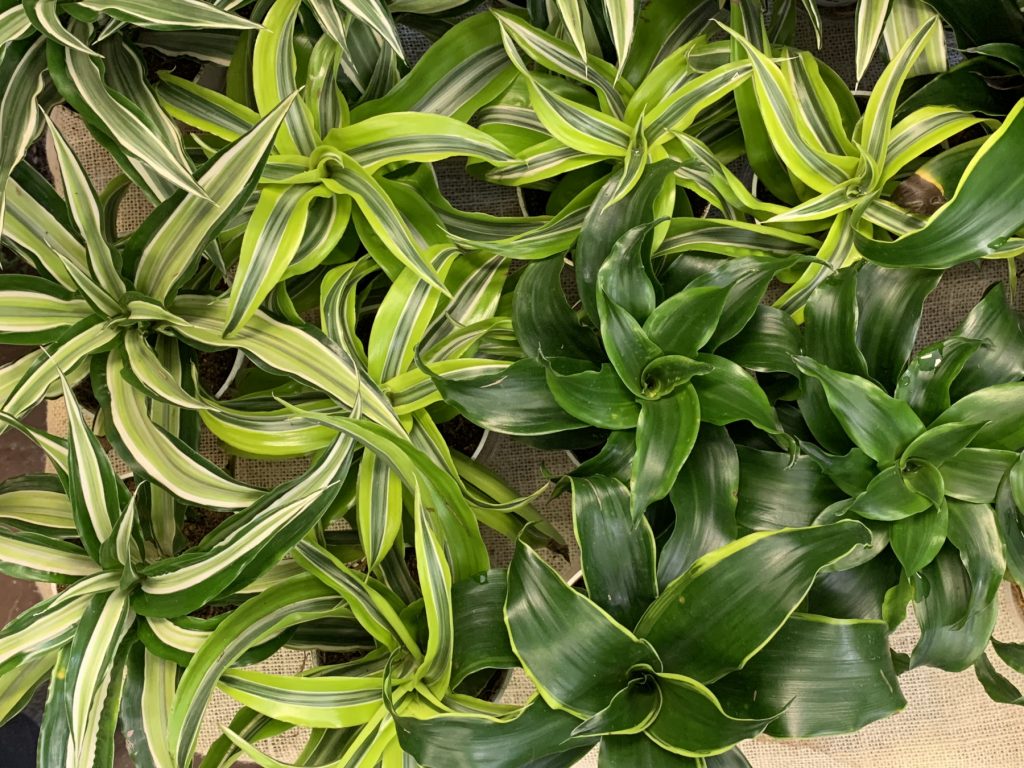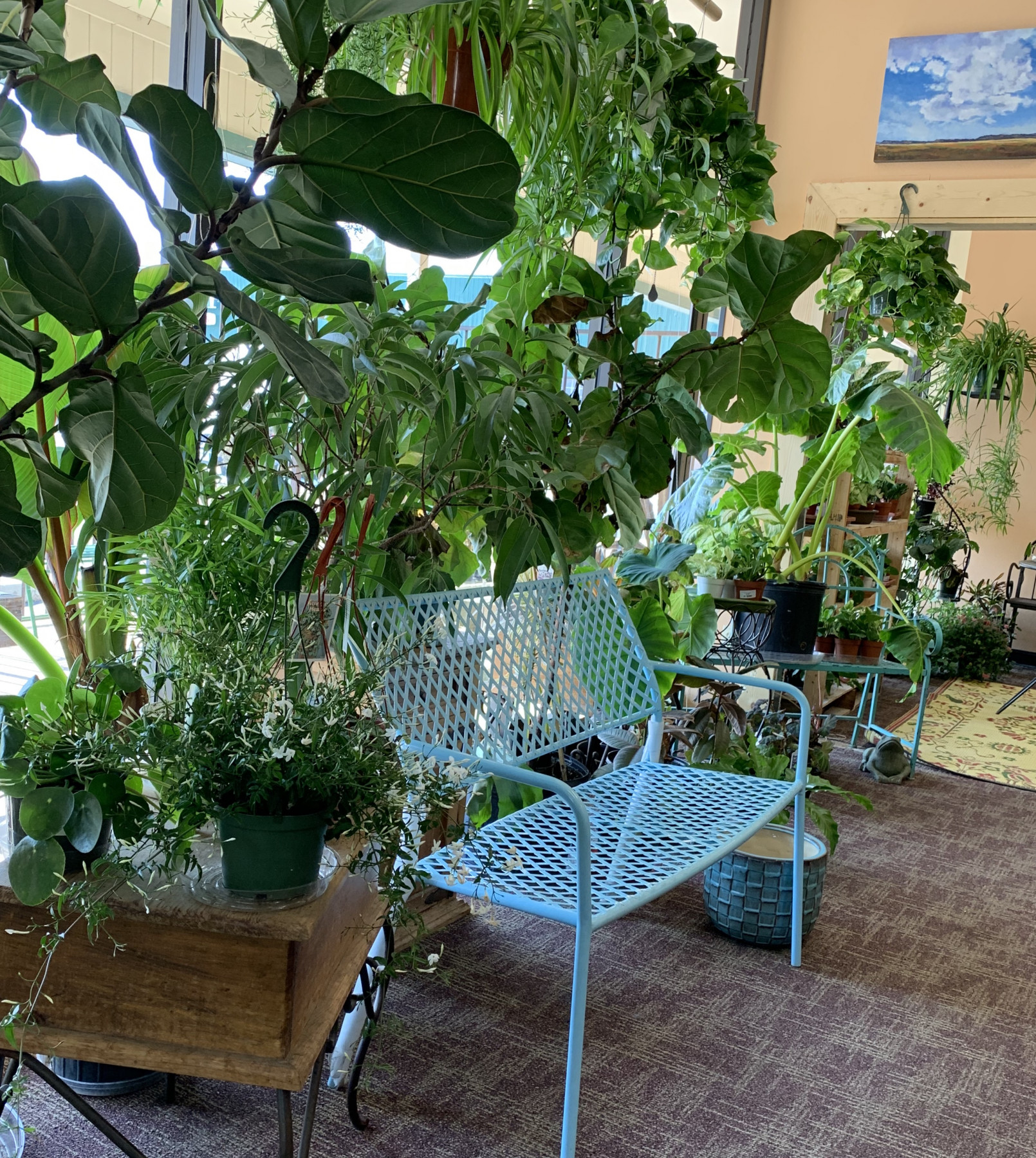Haven’t you always made a practice of sharing your plants with friends or rooted extra cuttings to sell in support of your favorite organization? My windowsill cum greenhouse seems to always have a cutting or five on the go. And it’s how I’ve obtained “something special” from friends throughout my gardening life—especially houseplants. Books have been written about creating passalong plants, so the tradition is hardly a secret society, yet these days it seems it must become one.

The market for houseplants is on fire, and no wonder; having a successful indoor garden is akin to growing your own kale outdoors, right? The rewards are the same: you get the same healthful benefits of working with soil while caring and nurturing a living organism. Gardening is good for you; but where outdoors you have to deal with weather, indoors is a controllable environment, and one that houseplants are promoted as improving…though recent research questions that. But hey, who cares? An indoor garden looks great, and as long as you have light (nothing will thrive in the dark) and a need to nurture, you’re good to go.
Houseplants are having way more than a moment, and demand is outstripping supply as customers become more knowledgeable. “My customers come in asking for specific cultivars,” says Julie McIntyre, owner of Summerland Gardens in Colorado Springs. “And they are even using Latin names.” Something she and I applaud: me because I remember asking for “that plant with the pointy leaves”, while Julie spent her early professional life looking after the tropical house–and orchids—at Denver Botanic Garden. “And they are going for a look as much as the joy of growing something; I love to help them achieve it,” she says.

Instagram, social media platforms, digital design magazines are big drivers for this movement to green the world, supported by photos of beautifully staged living spaces, from smallest to spacious, often layered in snowy white on white. I absolutely dare a green plant to not look good in such a setting. Brooklyn-based plant designer Hilton Carter has been receiving a lot of attention as a master of marrying plants in successful groupings, his book Wild at Home is a practical and inspiring guide to creating green spaces to soothe your spirit while at the same time stimulating your creative juju.
I’m of the opinion that it’s quite easy to make good plant arrangements with tropicals but know that not everyone has such confidence. That’s where the newest enterprise on the gig-economy block fits it: Plant stylists are available for the harried and over-committed or under-confident, and depending on location, can be hired for $150.00 per hour and up! It’s catching on in the States, while forward facing Australians have been at it for some time, starting businesses like Ivy Muse that specialize in vending hand-crafted containers and stands supplemented by some terrific plants.

Which brings me back to passalong plants. Demand is outstripping supply. Today’s growers are taking copyrights on some of the most wantable plants around, which, in theory, prevents folks like you and me from propagating such plants. It doesn’t really matter if you’re gifting or selling, it’s a no-no that could land you in trouble; it reminds me of corporations that sue farmers for saving their licensed seed from year to year. In the case of houseplants it’s especially tricky when these wholesale growers sell their entire output of a sought-after plant to a big box chain, essentially blocking small retailers from a piece of the profitable action. We all need to get along in this world and passalong helps it happen.
©Ethne Clarke, 2020.
Visit Summerland Gardens in Colorado Springs at 806 Arcturus Drive in Colorado Springs, Colorado, 80905, or make a virtual visit to their website.
Order Hilton Carter’s book Wild at Home at his author’s page and his personal website.
They are based in Melbourne, Australia, but Ivy Muse’s website has some great solutions for creating green spaces and successful plant parents wherever you live.


